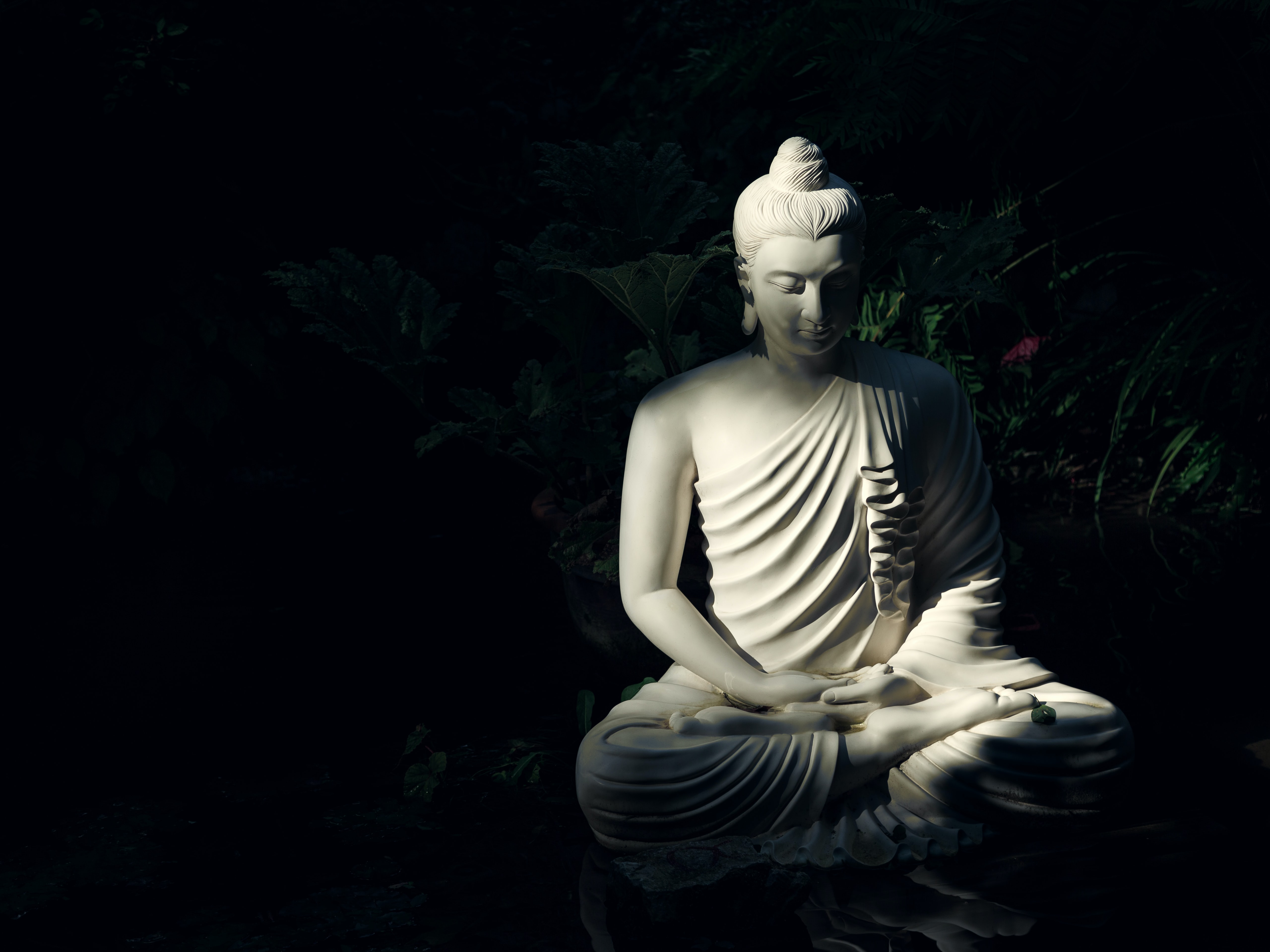On Happiness and Where to Find it
21 August 2021
Buddhism sometimes gets a bad reputation for seeming obsessed with suffering. It’s true that the concept of suffering has a big place in the Buddhist thought-world; however, suffering is pointed out so we can learn how to avoid creating more suffering in our lives. The Buddhist path is really about happiness, because the absence of suffering is happiness. The highest happiness is complete liberation from suffering; Nibbana.
Many of us don’t really know what true happiness is, or where to find it. The types of happiness we tend to seek are the pleasures of the senses; sights, sounds, smells, taste and touch. However, these types of pleasure are not a safe bet for long lasting happiness because they are impermanent and changeable. Further, they have many drawbacks, obsessing our mind like an addiction, creating craving and attachment in our minds that can never be quenched. This leads to further suffering which we try to assuage with yet more sensory pleasures but these also fail to make us happy. The Buddha compared our experience to a dog gnawing at a bone that has been scraped clean of meat; its hunger is never really satisfied:
“Householder, suppose a dog weak with hunger was hanging around a butcher’s shop. Then a deft butcher or their apprentice would toss them a skeleton scraped clean of flesh and smeared in blood. What do you think, householder? Gnawing on such a fleshless skeleton, would that dog still get rid of its hunger?”
“No, sir. Why not? Because that skeleton is scraped clean of flesh and smeared in blood. That dog will eventually get weary and frustrated.”
“In the same way, a noble disciple reflects: ‘With the simile of a skeleton the Buddha said that sensual pleasures give little gratification and much suffering and distress, and they are all the more full of drawbacks.’ Having truly seen this with right understanding, they reject equanimity based on diversity and develop only the equanimity based on unity, where all kinds of grasping to the world’s material delights cease without anything left over. (Potaliya Sutta MN54)
It’s like this for all sensual pleasures.
So, where does the Buddha recommend we seek happiness? He says happiness is found in anything connected with the wholesome; such as being ethical, kind and generous, or performing meritorious deeds. Being a good person is a type of bliss in itself! Practicing renunciation—giving up sensual pleasures—is also a way to experience some happiness because we disrupt the cycle of craving and suffering and start to see the happiness of contentment.
But the best way for us to experience real and meaningful happiness is to practice meditation. This is where we learn there is a type of happiness that is not dependent on our senses, or external objects and experiences. Meditation shows us a happiness that is generated from within our own minds, a happiness that is always there if we just turn inwards and let go. When we meditate, the mind becomes peaceful and calm, and this feels good—already we are happier than before. As our meditation progresses, we experience increasing levels of joy, rapture and bliss. These beautiful mind states are a spiritual happiness; they draw us deeper into stillness, leading to the development of wisdom which takes us away from suffering.
There’s a reason that statues of the Buddha always show him smiling; meditation is the way to real happiness!
Photo by Mattia Faloretti.